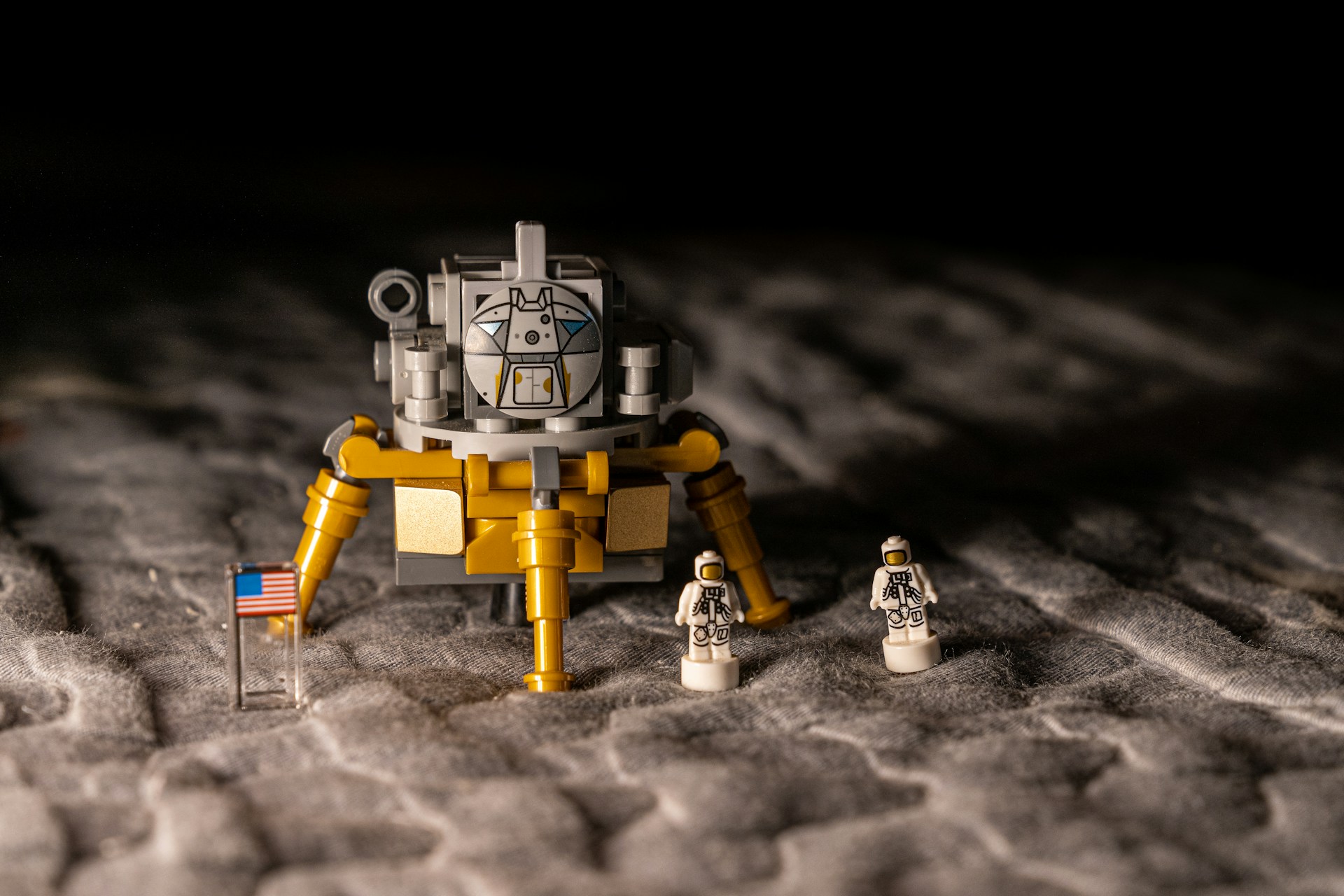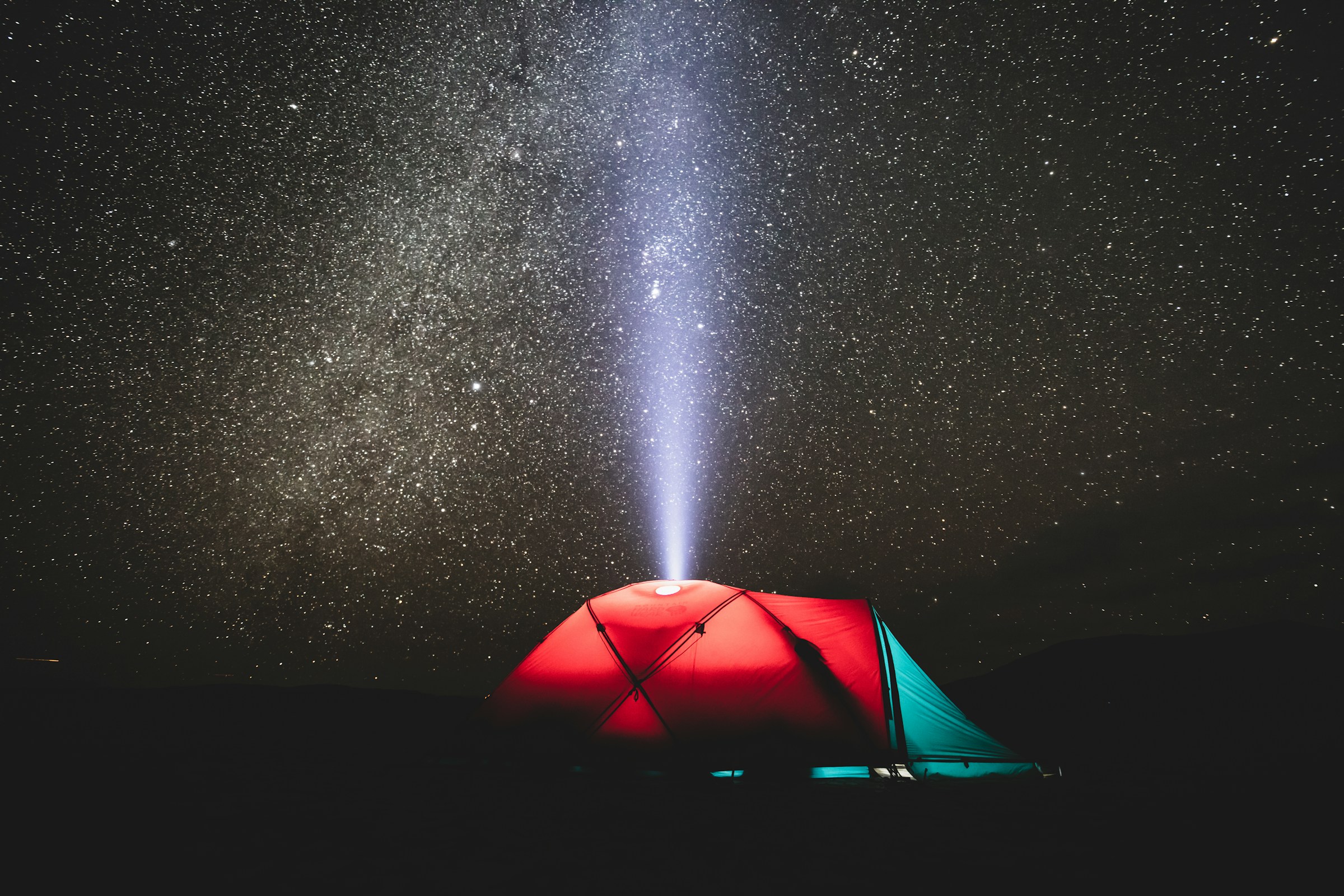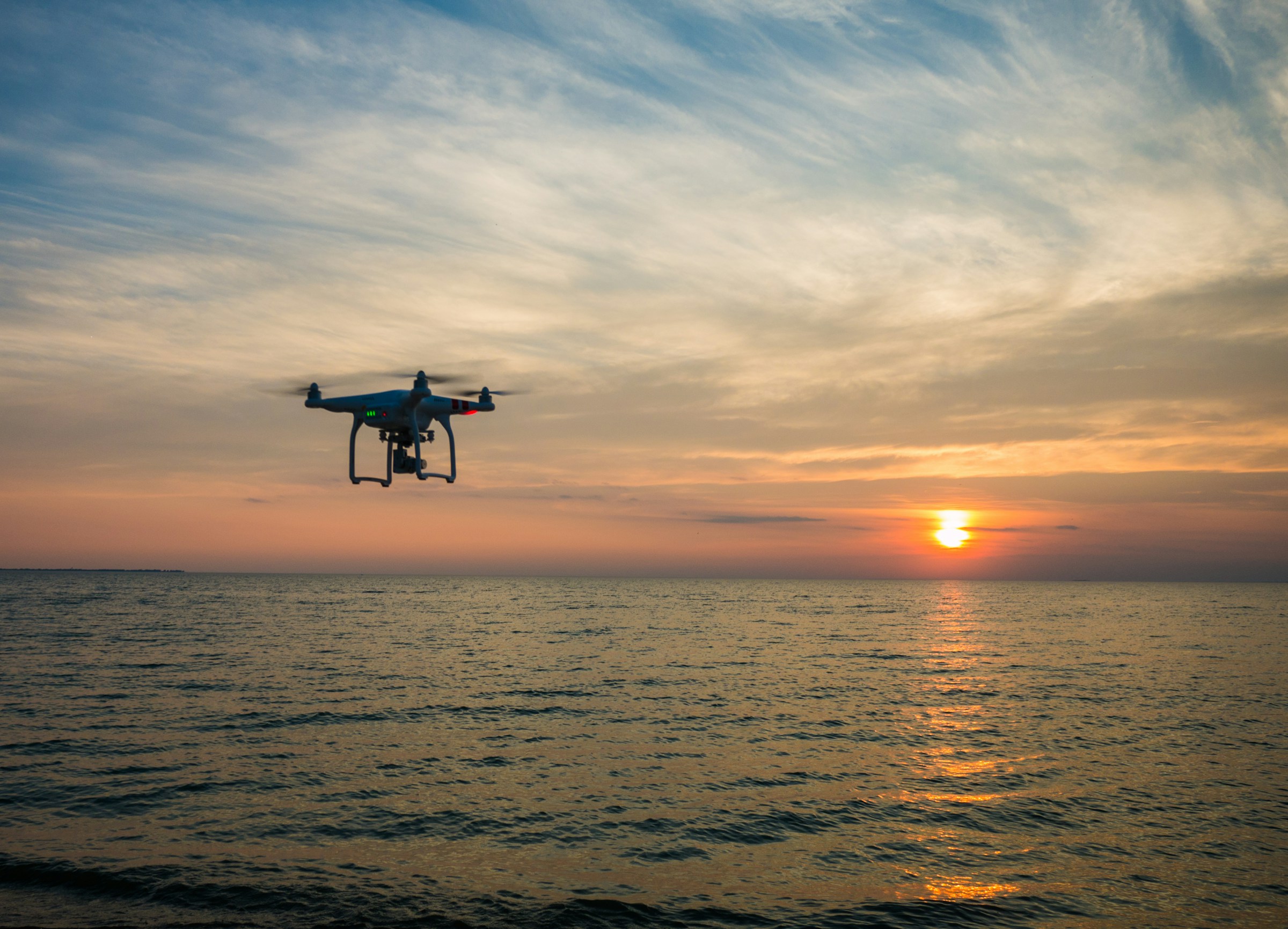For centuries, humanity’s ambitions in space were limited by one factor: we had to send people to do the work. While astronauts remain essential for many missions, the reality of deep space exploration is that humans are fragile, expensive to transport, and require life support systems that add weight and complexity to spacecraft.
Enter artificial intelligence (AI) and robotics — the twin technologies redefining what’s possible beyond Earth’s atmosphere. Together, they are not just supporting human missions but enabling entirely new kinds of exploration that would have been impossible even a decade ago.
Why AI and Robotics Are Essential in Space
Space is a uniquely hostile environment. Communications can be delayed by minutes (or even hours for deep space missions), conditions are extreme, and resources are limited. These constraints make automation a necessity, not a luxury.
AI systems can make real-time decisions without waiting for human input from Earth, while robotic platforms can endure conditions that would be fatal to humans. This combination allows missions to be more autonomous, cost-effective, and longer-lasting.
In 2024, NASA’s Jet Propulsion Laboratory (JPL) announced that the Perseverance rover on Mars had logged over 30 kilometers of autonomous driving — navigating terrain without direct human guidance, thanks to its AI-powered hazard detection.
Autonomy in Deep Space
The further a mission travels from Earth, the less feasible remote control becomes. Signals to Mars take between 4 and 24 minutes each way. In that time, a rover must avoid hazards, adjust to changing conditions, and carry out scientific objectives.
Key capabilities of AI in deep space missions include:
- Autonomous navigation: Rovers and landers use onboard AI to map surroundings, plan routes, and avoid hazards without constant human oversight.
- Adaptive decision-making: Spacecraft can reprioritize tasks based on unexpected findings, like unusual rock formations or atmospheric changes.
- Fault detection and recovery: AI can spot anomalies in equipment performance and take corrective action before systems fail.
This autonomy is crucial for missions to distant moons, asteroids, and potentially interstellar space — where delays are too great for meaningful human control.
Robotics as the Workforce of Space
Robotic systems in space take many forms, from rovers to orbital servicing platforms to robotic arms on spacecraft.
Some of the most notable examples include:
- The Canadarm2 on the International Space Station (ISS), which captures cargo spacecraft, assists in station maintenance, and even moves astronauts during spacewalks.
- The Robonaut 2 humanoid robot, designed to perform tasks inside the ISS, reducing the need for astronauts to perform repetitive or risky work.
- Dextre, a two-armed robotic system capable of delicate maintenance tasks that would otherwise require costly spacewalks.
Robots are also central to in-situ resource utilization (ISRU) — the process of using local materials for construction, fuel, or life support. On the Moon or Mars, robotic systems could mine ice for water, extract oxygen from regolith, or 3D-print habitats before human crews arrive.
AI for Planetary Science
AI is not just a navigator or mechanic — it’s also becoming a scientist. On Mars, rovers like Curiosity and Perseverance use AI to analyze rock samples, detect signs of past water, and identify interesting features worth closer study.
In 2023, ESA’s ExoMars mission tested machine learning models that could identify potential biosignatures — chemical or structural clues that might indicate past life — from spectrometer data.
These systems can sift through vast amounts of raw data far faster than human scientists, flagging anomalies that may otherwise be missed. This is especially valuable when bandwidth limits mean only a fraction of collected data can be sent back to Earth.
On-Orbit Servicing: Robots Keeping Space Clean and Operational
One of the fastest-growing uses of AI-driven robotics is on-orbit servicing — repairing, refueling, or upgrading satellites and spacecraft while they’re still in space.
Northrop Grumman’s Mission Extension Vehicle (MEV) has already extended the life of commercial satellites by docking with them and taking over propulsion functions. Future versions could include AI-assisted robotic arms to swap out components or attach new instruments.
This capability not only reduces space debris but also changes the economics of space operations. Instead of replacing expensive satellites every few years, operators could keep them functional for decades.
Exploring Extreme Environments
Some of the most exciting AI and robotics projects are targeting environments too dangerous or inaccessible for humans:
- Europa and Enceladus: Autonomous submarines could explore subsurface oceans beneath the icy crusts of these moons, searching for signs of life.
- Venus: High-temperature robotics could withstand surface temperatures of over 460°C, allowing longer exploration than past missions.
- Asteroids: Swarms of small, AI-controlled drones could survey and sample asteroid surfaces for mining or scientific research.
By removing the human life-support requirement, these missions can be smaller, lighter, and more resilient — dramatically expanding our reach.
Challenges and Risks
Despite the promise, AI and robotics in space face major challenges:
- Reliability: Space hardware must survive extreme radiation, temperature swings, and microgravity for years without repair.
- Ethical concerns: As AI becomes more autonomous, questions arise about decision-making authority in situations with significant risks.
- Cybersecurity: Connected spacecraft are vulnerable to hacking — a risk that grows as systems become more software-driven.
- Cost: While automation can reduce operational expenses, developing space-qualified AI and robotics is expensive upfront.
The Role of Private Industry
Private companies are now as important as national space agencies in developing AI and robotics for space.
- SpaceX uses AI for autonomous rocket landings.
- Astrobotic and Intuitive Machines are building robotic lunar landers for NASA’s Artemis program.
- Astroscale is developing AI-guided debris-removal satellites.
These companies are accelerating innovation cycles and reducing costs, making capabilities available to more nations and organizations.
Looking Ahead: Humans and Robots Together
While much of the discussion centers on robots replacing humans, the real future is likely to be collaboration. Astronauts and robots will work side-by-side, with AI acting as a partner that handles routine tasks, hazard detection, and data analysis — freeing humans to focus on decision-making and creative problem-solving.
In the coming decades, we may see robotic construction crews assembling space stations, telescopes, or habitats before human crews arrive. On Mars, AI-managed farms could grow food autonomously while humans focus on exploration and research.
Why This Matters for the Space Economy
AI and robotics are not just technological curiosities; they’re the foundation of the future space economy. They enable sustainable exploration, reduce operational risks, and open commercial opportunities from asteroid mining to deep-space manufacturing.
McKinsey estimates that automation could cut mission costs by up to 40% while enabling missions that would be impossible with human crews alone. For companies and nations investing in space, AI and robotics are not optional — they’re the key to competitiveness.
The Era of Autonomous Exploration
We are entering an era where space missions will be conceived, designed, and executed with autonomy in mind from day one. This shift will allow us to explore faster, farther, and more safely than ever before.
From the dusty plains of Mars to the icy oceans of Europa, AI and robotics will go where humans cannot — and in doing so, they will expand the boundaries of human knowledge and capability.
The final frontier is vast, but with machines as our partners, we are no longer exploring it alone.







